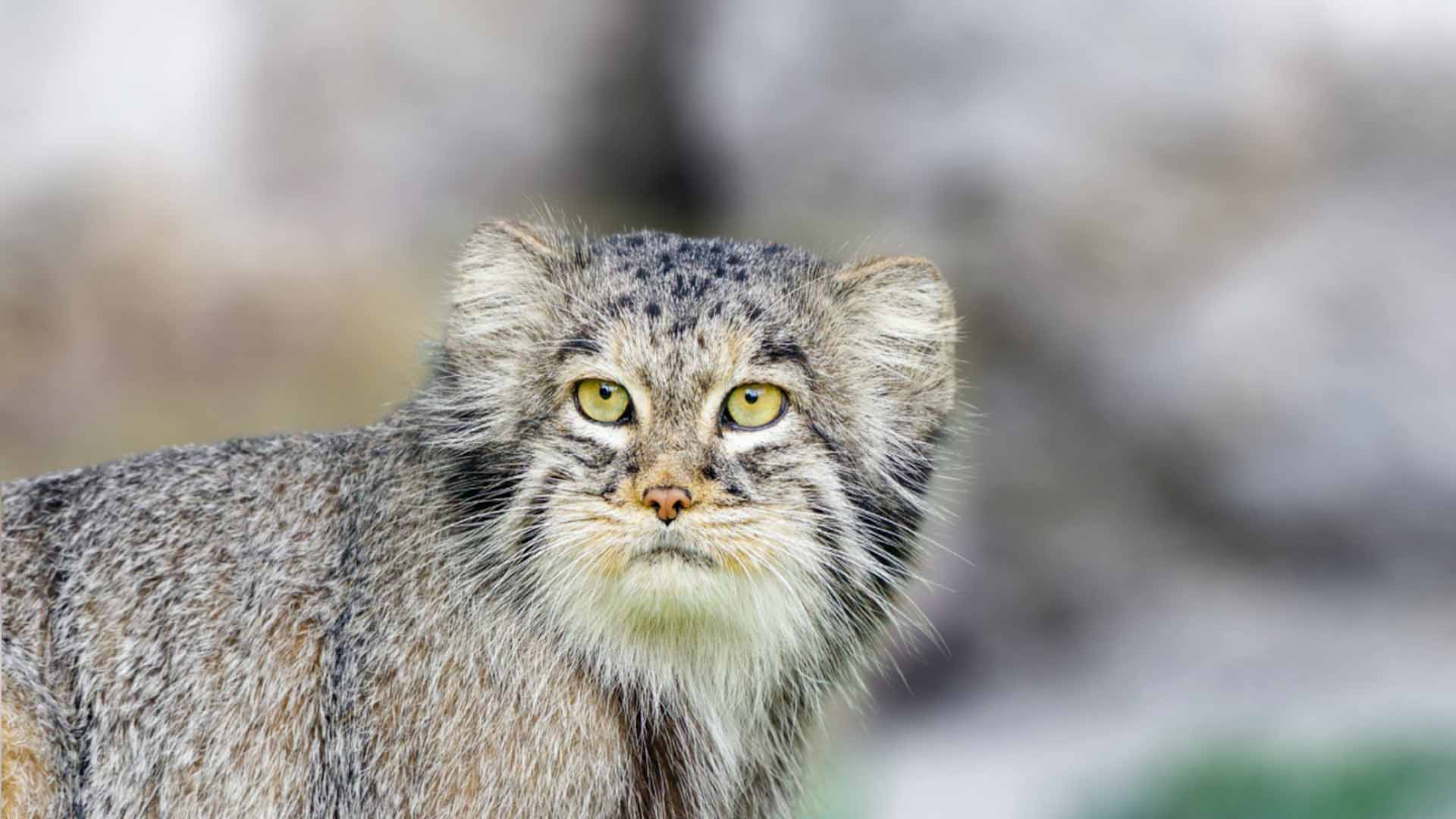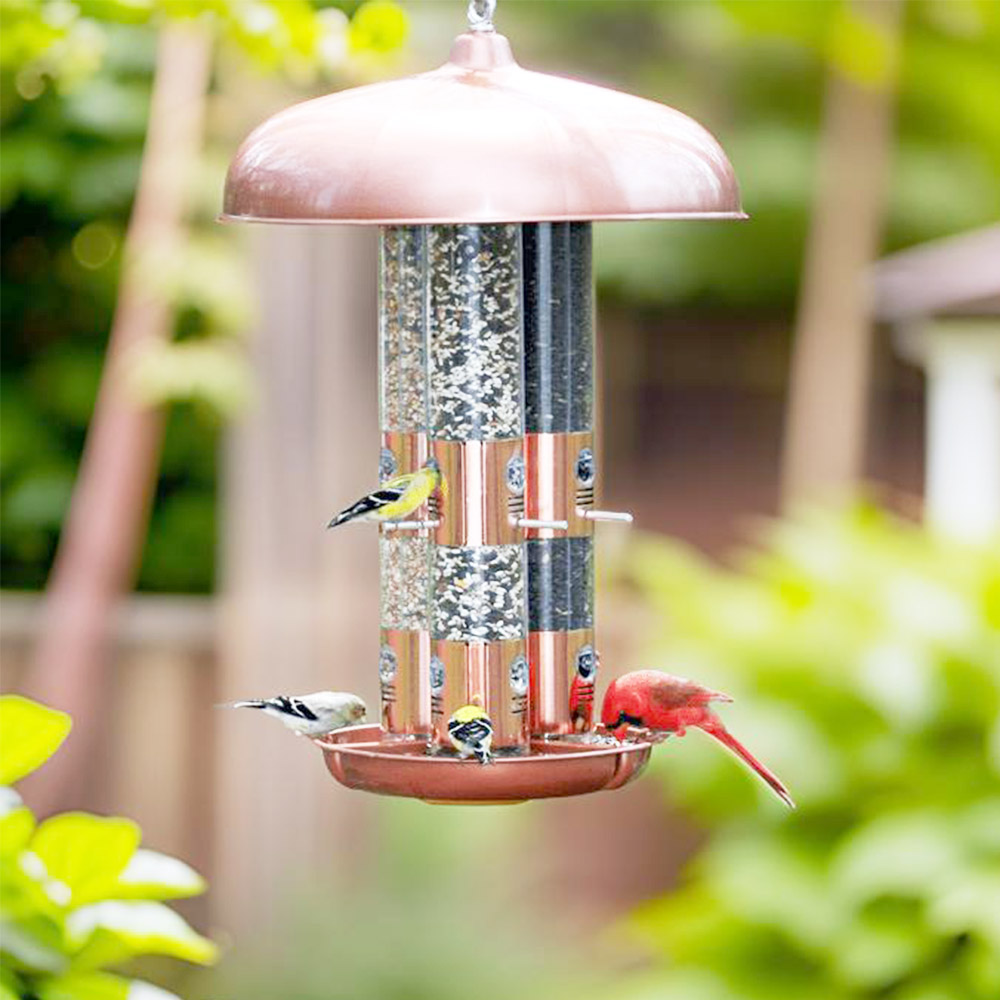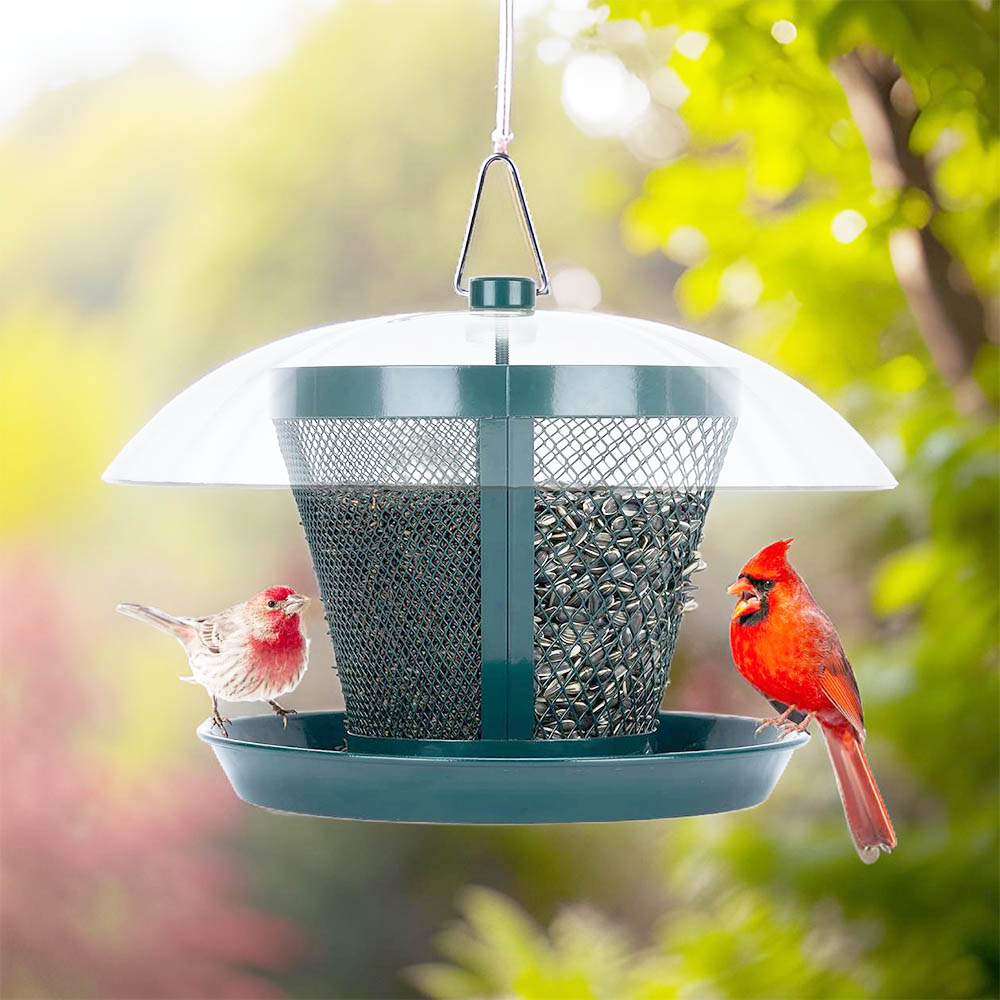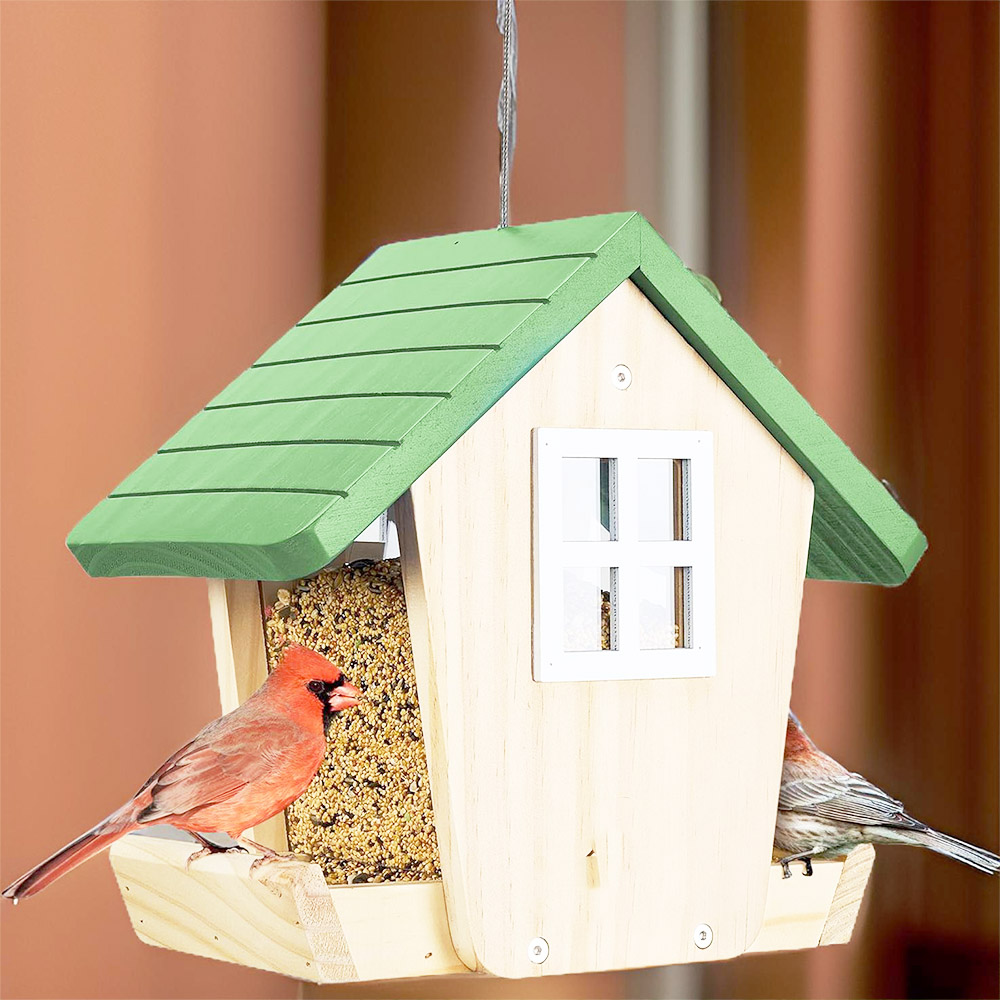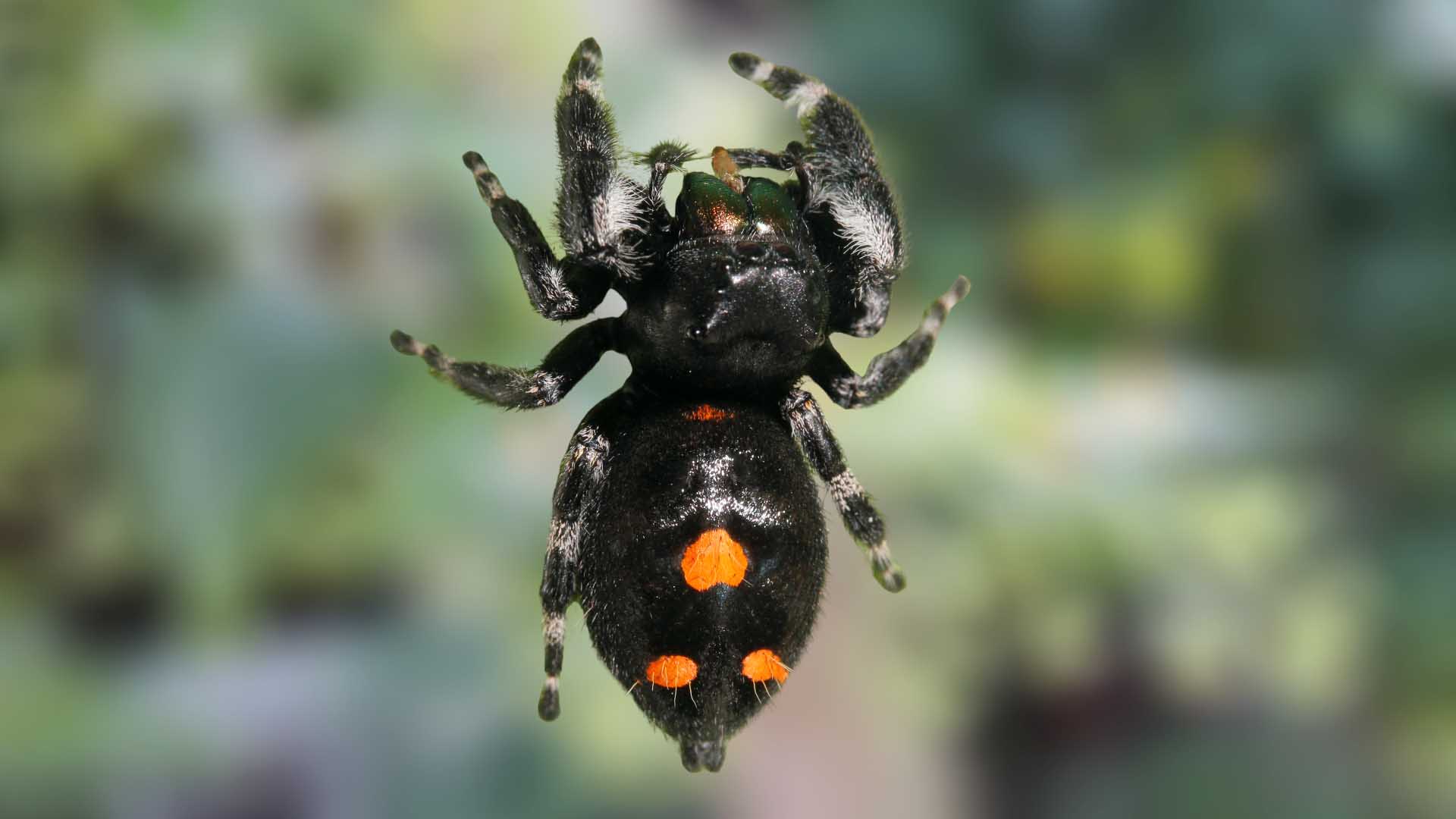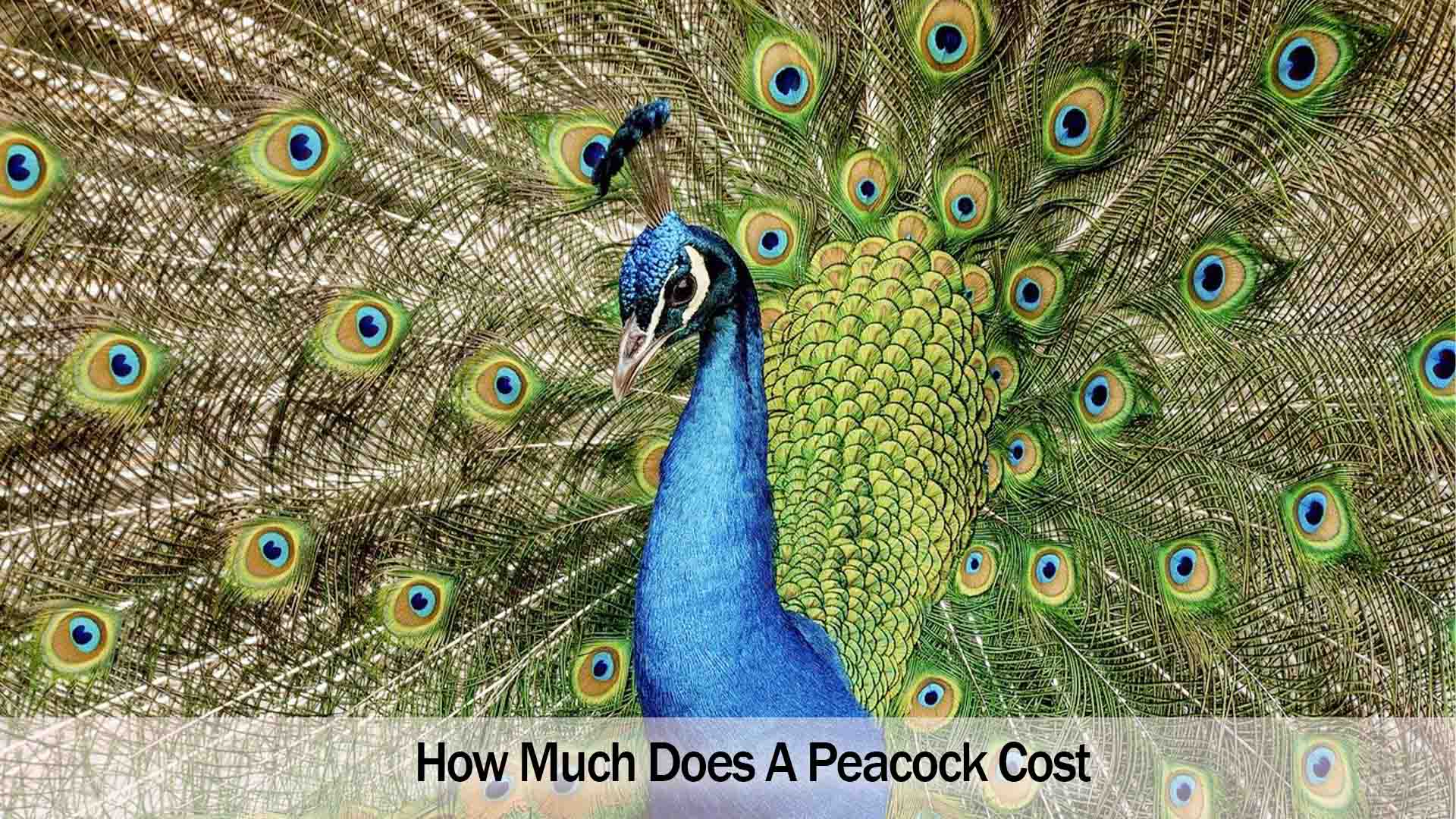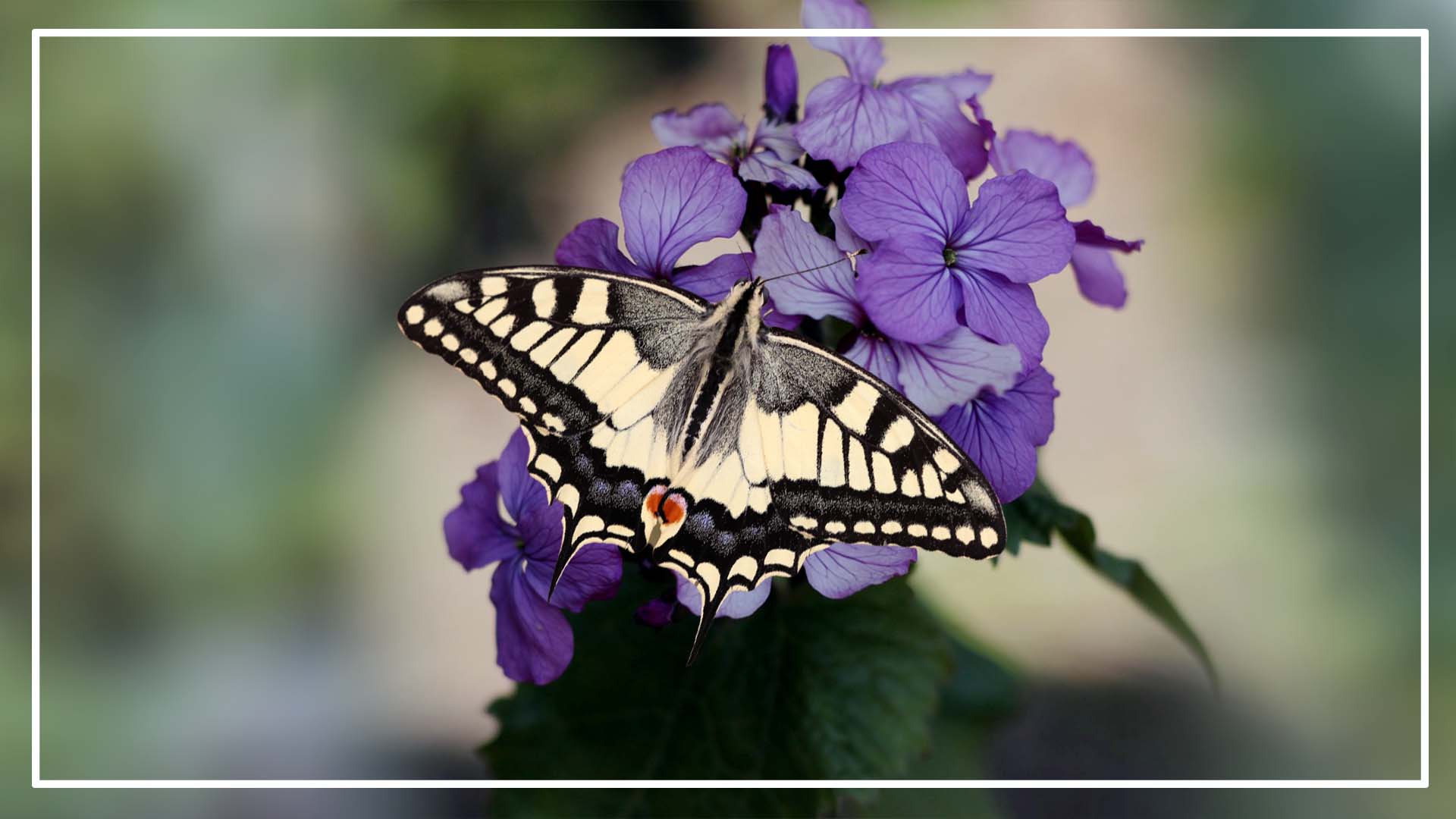Spiders, with their diverse array of species, have long captivated the human imagination. Among these intriguing arachnids, the Phidippus audax stands out as a remarkable species, boasting a distinctive appearance and an impressive set of behaviors. Commonly known as the bold jumping spider, the Phidippus audax is instantly recognizable by its jet-black body and a vivid splash of yellow on its back.
In this article, we delve into the captivating world of Phidippus audax, exploring its physical characteristics, habitat, behavior, and significance in the ecosystem.
Physical Characteristics
The Phidippus audax is a medium-sized jumping spider found predominantly in North America. Its most striking feature is the distinctive splash of bright yellow on its dorsum, which provides a stark contrast to its glossy black cephalothorax and abdomen. This coloration serves as a warning to potential predators, indicating that the Phidippus audax is not to be trifled with. With their large, forward-facing eyes, these spiders have excellent vision, allowing them to accurately assess their environment and track down prey. This keen eyesight also plays a crucial role in their elaborate courtship rituals and interactions with other spiders.
Habitat and Distribution
The Phidippus audax is an adaptable species, inhabiting a wide range of environments across North America. They can be found in grasslands, gardens, forests, and even urban areas. Their adaptability to different habitats is a testament to their survival skills, as they’ve managed to thrive despite the diverse challenges posed by these various settings. In urban areas, these spiders can often be seen on walls, fences, and even window sills, where they set up their intricate silken retreats.
Behavior and Hunting
As their name suggests, bold jumping spiders are excellent jumpers. They use their powerful leg muscles to make precise leaps, allowing them to pounce on unsuspecting prey with remarkable accuracy. Despite their relatively small size, they are skilled hunters, preying on insects that are often larger than themselves. Their hunting strategy involves stalking their prey, carefully measuring distances, and then launching themselves with great speed and precision to capture their meal.
The courtship rituals of Phidippus audax are a sight to behold. Male spiders engage in intricate dances and displays to court females, often using a combination of visual signals and vibrations. If the male’s advances are well-received, the pair engages in a delicate mating ritual. This courtship behavior highlights the complexity of communication and social interactions even in seemingly simple creatures like spiders.
Ecological Significance
Jumping spiders like Phidippus audax play a crucial role in the ecosystem as both predators and prey. They help control insect populations, contributing to the balance of various ecosystems. Their position in the food chain makes them a vital food source for birds, reptiles, and other predators. This interconnectedness underscores the significance of even the smallest organisms in maintaining the health and equilibrium of their respective ecosystems.
Misunderstandings and Benefits
Despite their beneficial role in controlling pest populations, jumping spiders often face unwarranted fear and misunderstanding from humans. Their unique appearance and swift movements can trigger arachnophobia in some individuals. However, it’s important to recognize that Phidippus audax is not harmful to humans. They lack the venom necessary to cause harm beyond their prey.
In fact, jumping spiders can offer several benefits. They are natural pest controllers, keeping populations of flies, mosquitoes, and other insects in check. By reducing the need for chemical insecticides, these spiders indirectly contribute to environmentally friendly pest management. Furthermore, observing and studying these spiders’ behaviors can provide valuable insights into the natural world and even inspire biomimetic innovations in technology and engineering.
The spider with a distinctive yellow dot on its back is likely a species of spider that displays bright markings as a warning signal or as part of its camouflage. These markings can serve as a deterrent to potential predators.
Conservation and Protection
Given their role in maintaining the ecological balance, it’s crucial to consider the conservation of jumping spider species like Phidippus audax. Habitat destruction, pesticide use, and climate change are all factors that can impact their populations. By promoting awareness and understanding of these spiders’ importance, we can encourage efforts to protect their habitats and ensure their continued presence in our ecosystems.
Conclusion
The Phidippus audax with its black body and yellow dot stands as a remarkable example of the intriguing diversity of life on Earth. Its striking appearance, hunting prowess, and role in maintaining the ecosystem make it a species worthy of admiration and study. By dispelling misconceptions and fostering appreciation for these remarkable arachnids, we can contribute to a more balanced and harmonious coexistence with the natural world. So, the next time you encounter a Phidippus audax, take a moment to appreciate its beauty and the vital role it plays in the intricate web of life.
